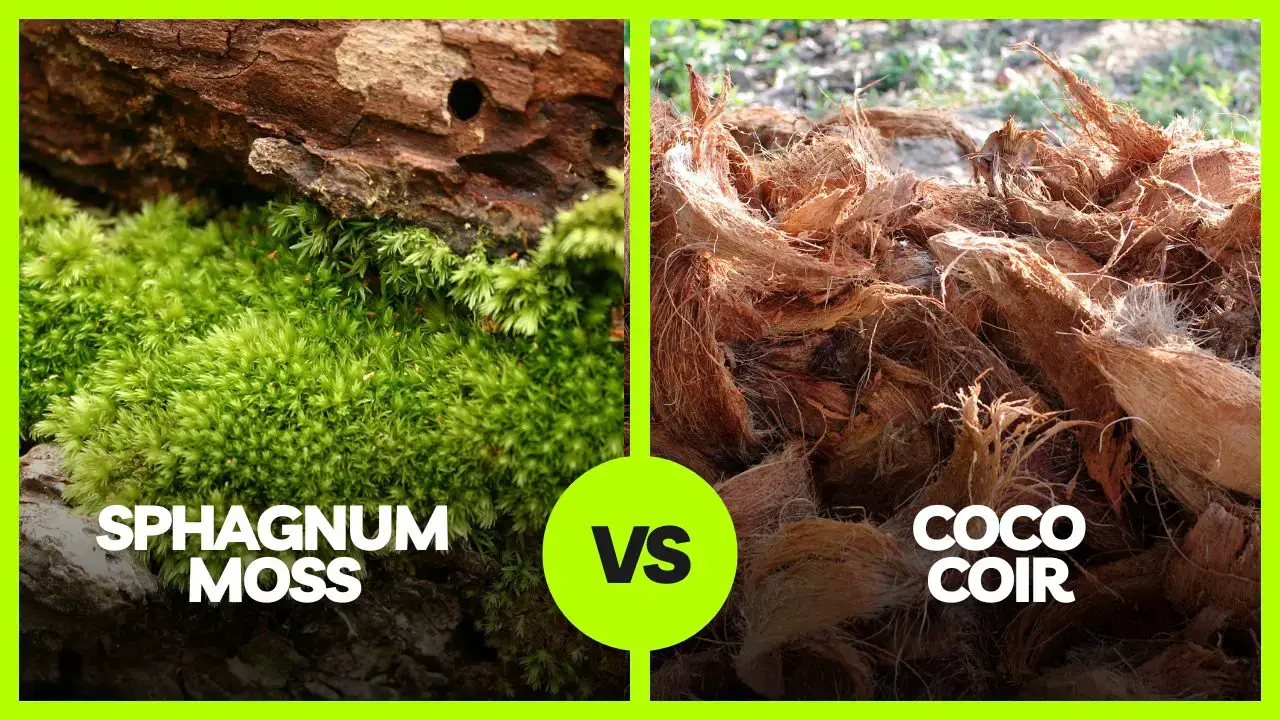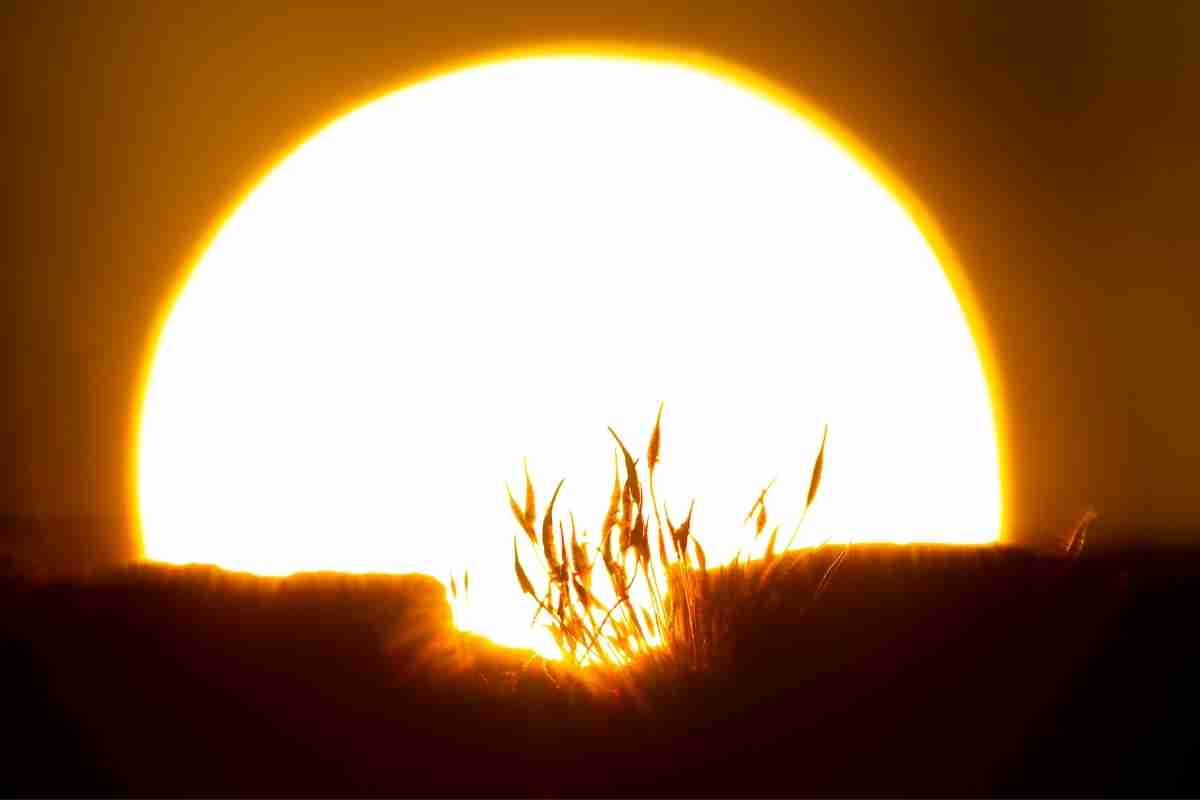
Does Moss Need Sunlight?
Read more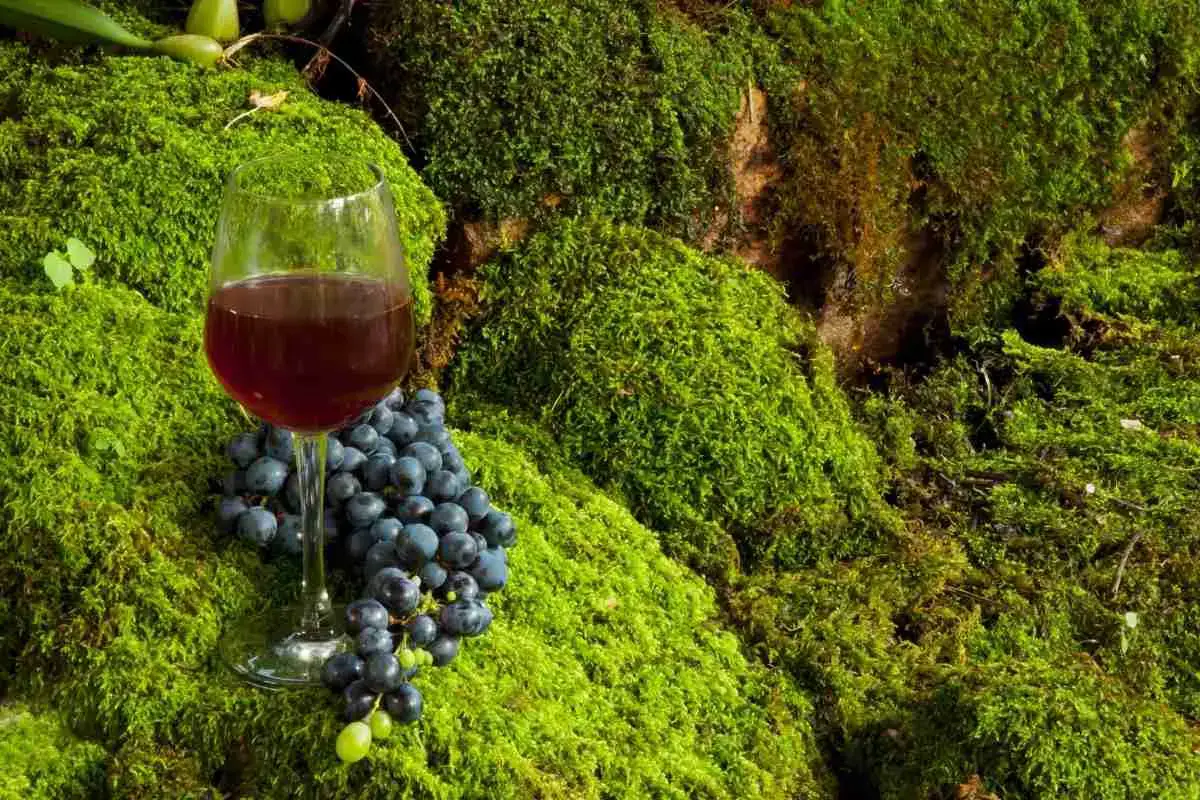
How To Grow Moss On Stone? The Ultimate Guide!
Read more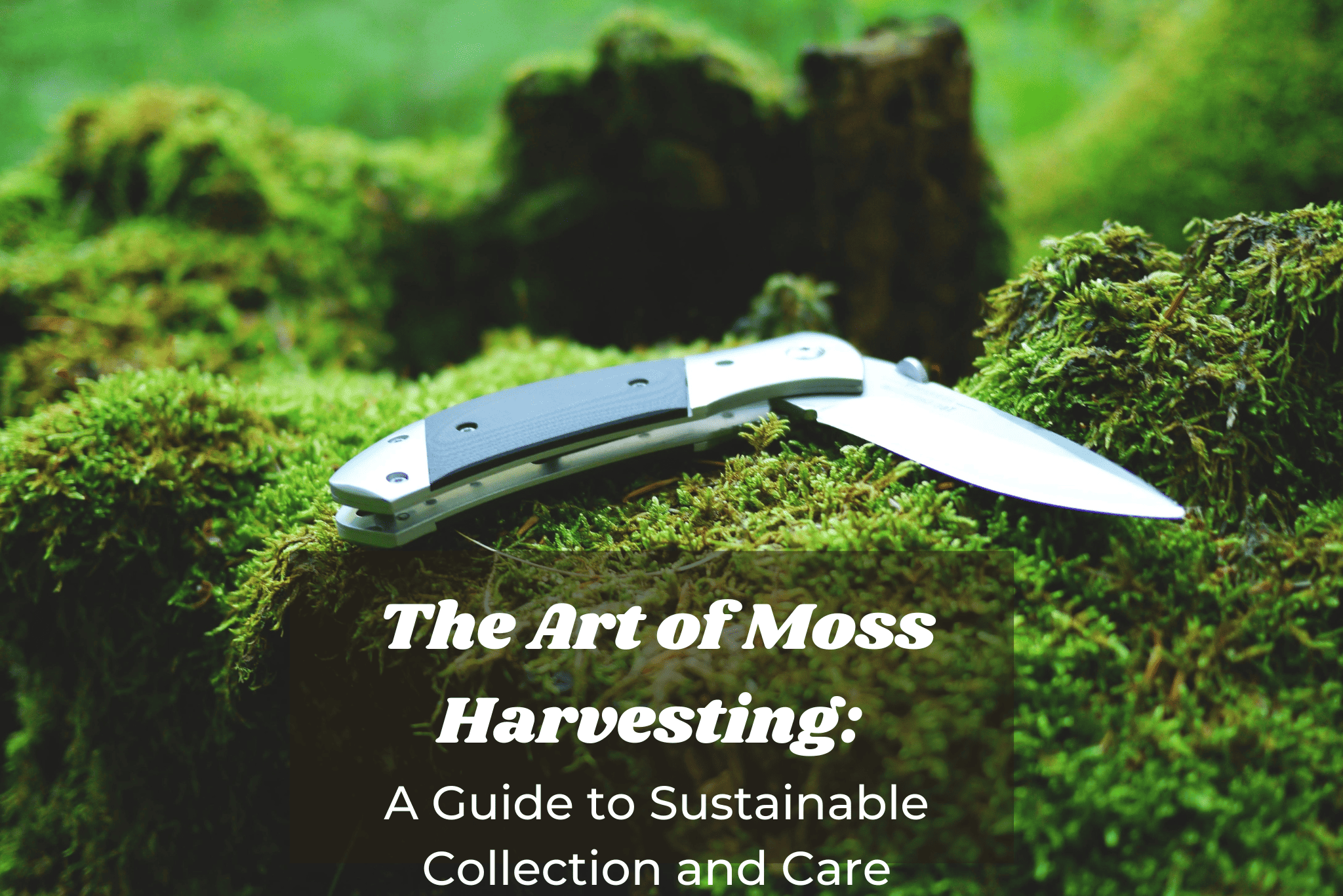
The Art of Moss Harvesting: A Guide to Sustainable Collection and Care
Read more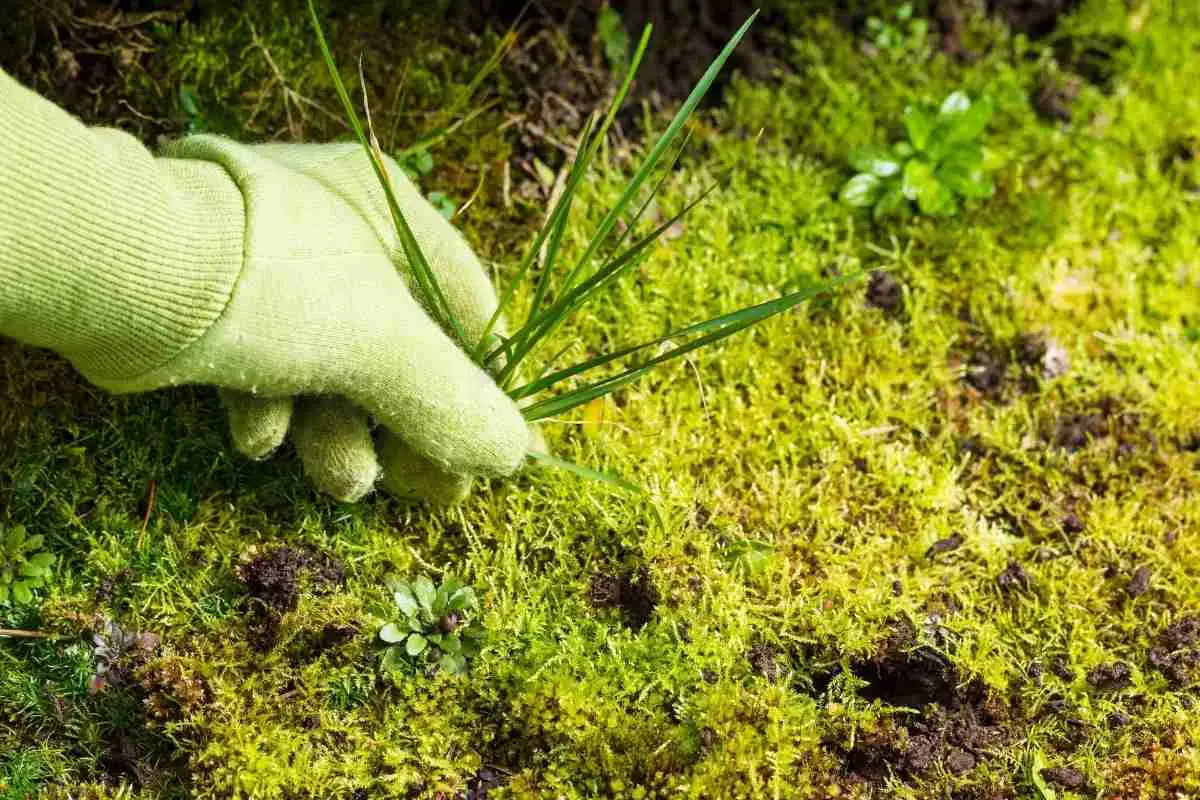
8 Simple Tips For Keeping Moss Alive!
Read more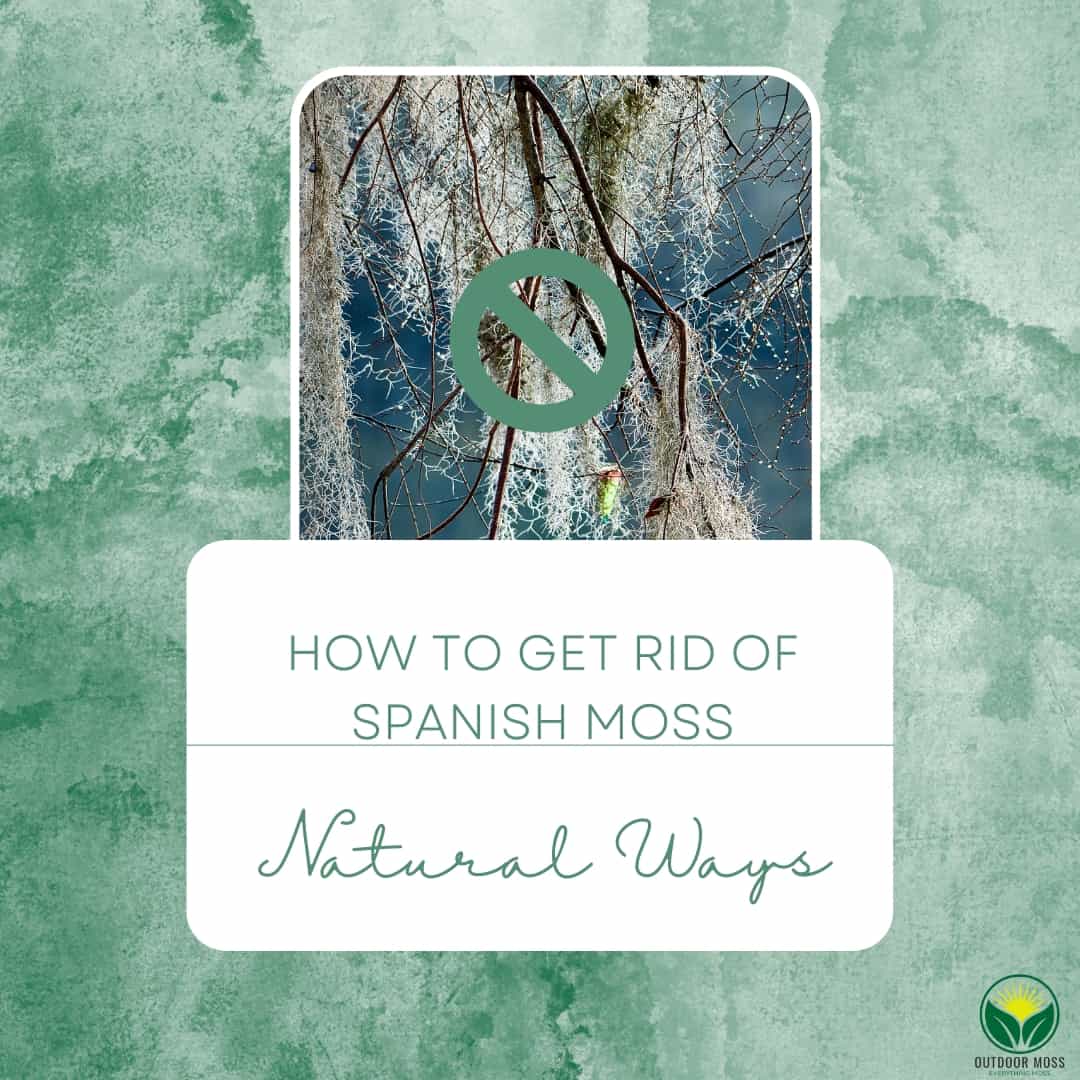
How to get rid of Spanish moss. The natural way to remove Spanish Moss
Read more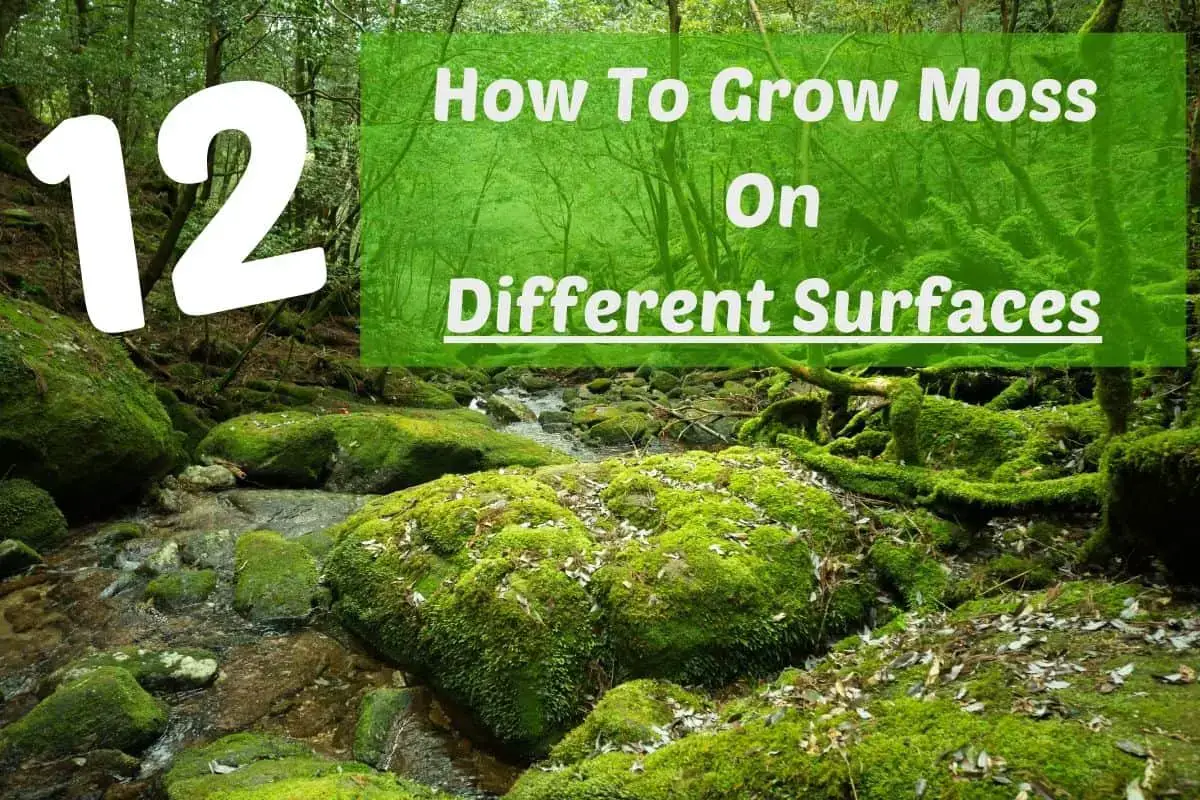
How To Grow Moss On 12 Different Surfaces Step By Step
Read more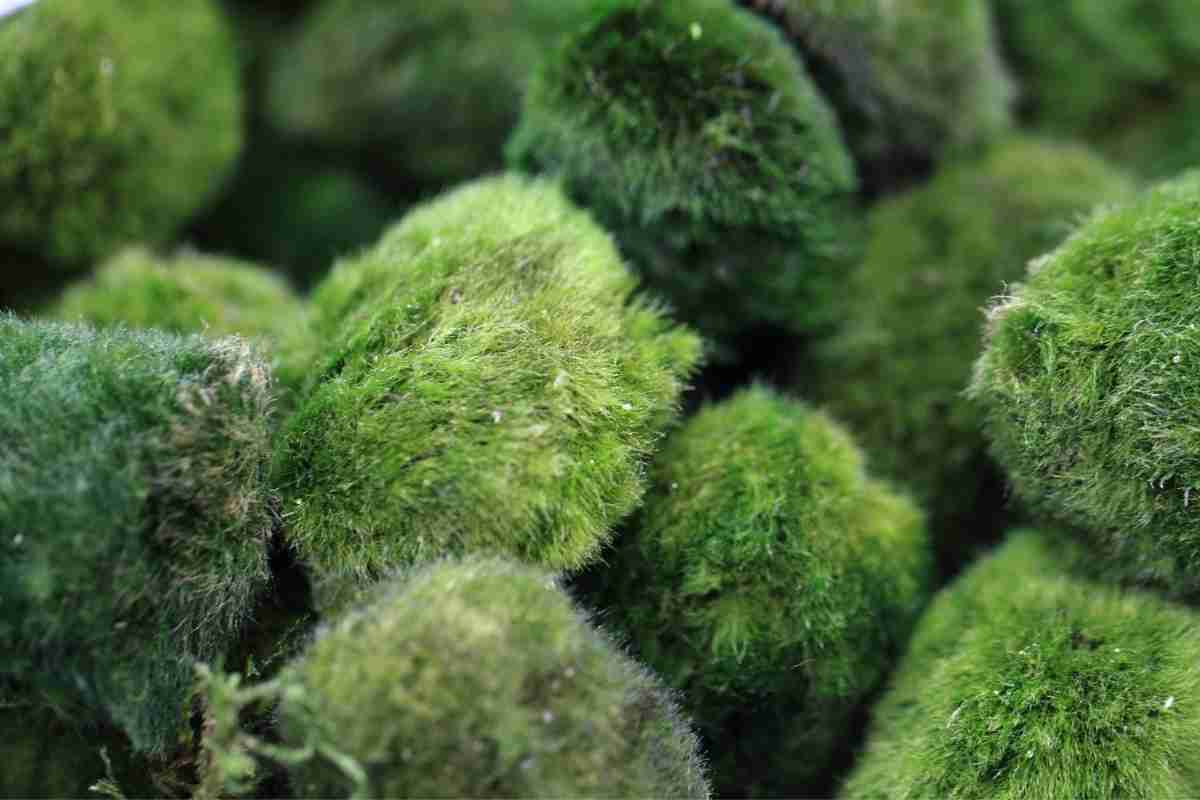
What Are Moss Ball Pets? Detailed Guide!
Read more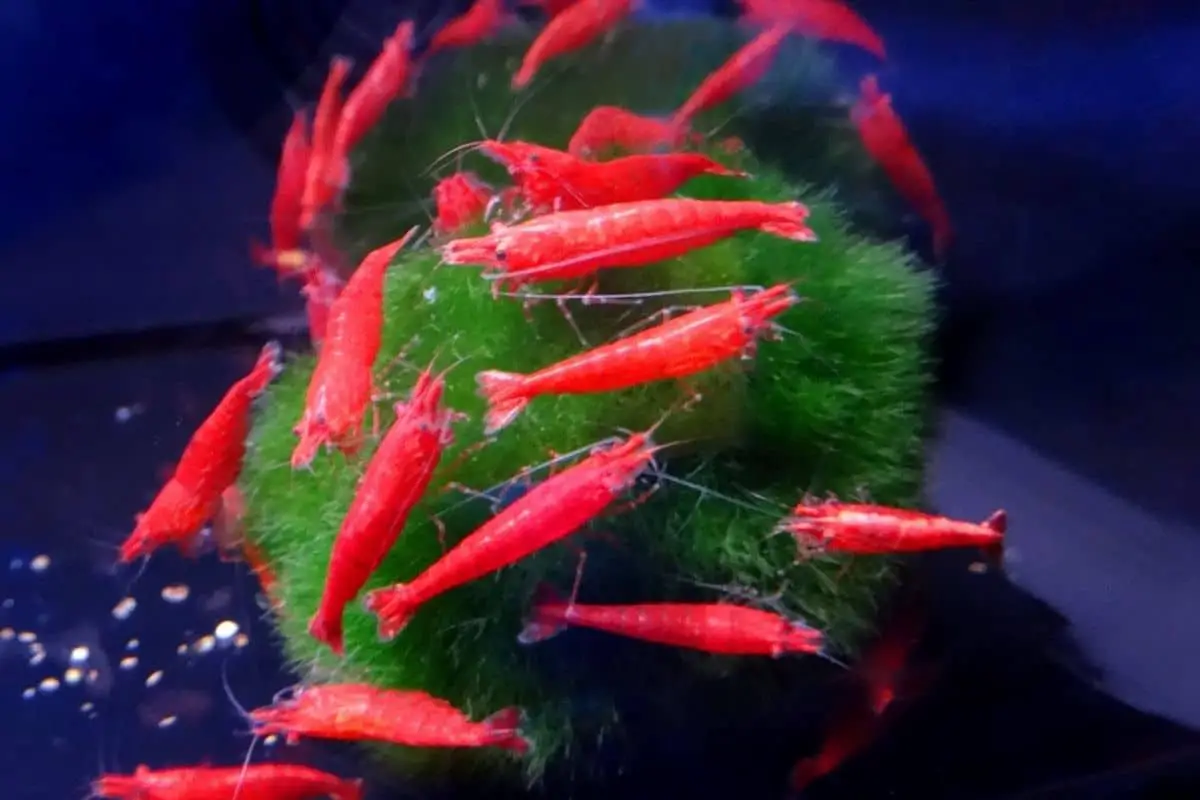
How Long Do Moss Balls Last In A Fish Tank?
Read more
Does Algae Need Sunlight? The Surprising Truth!
Read more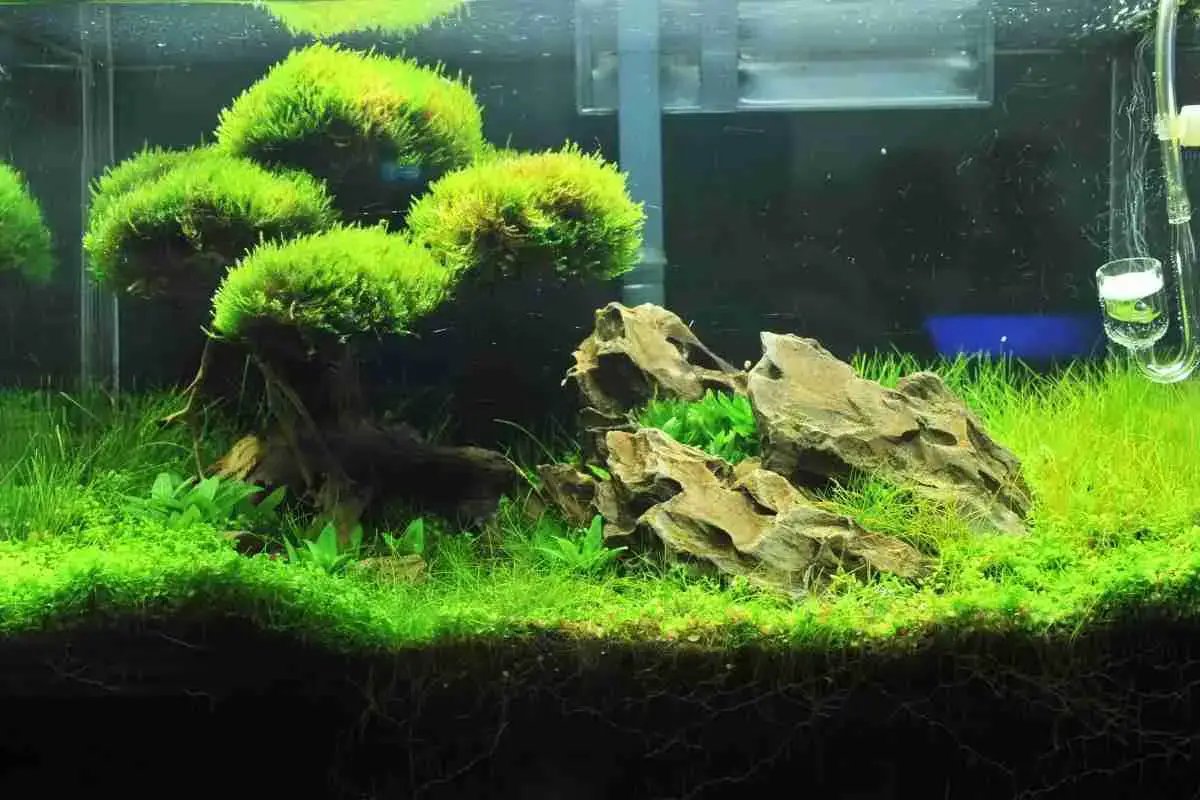
How To Grow Java Moss Carpet On Sand?
Read more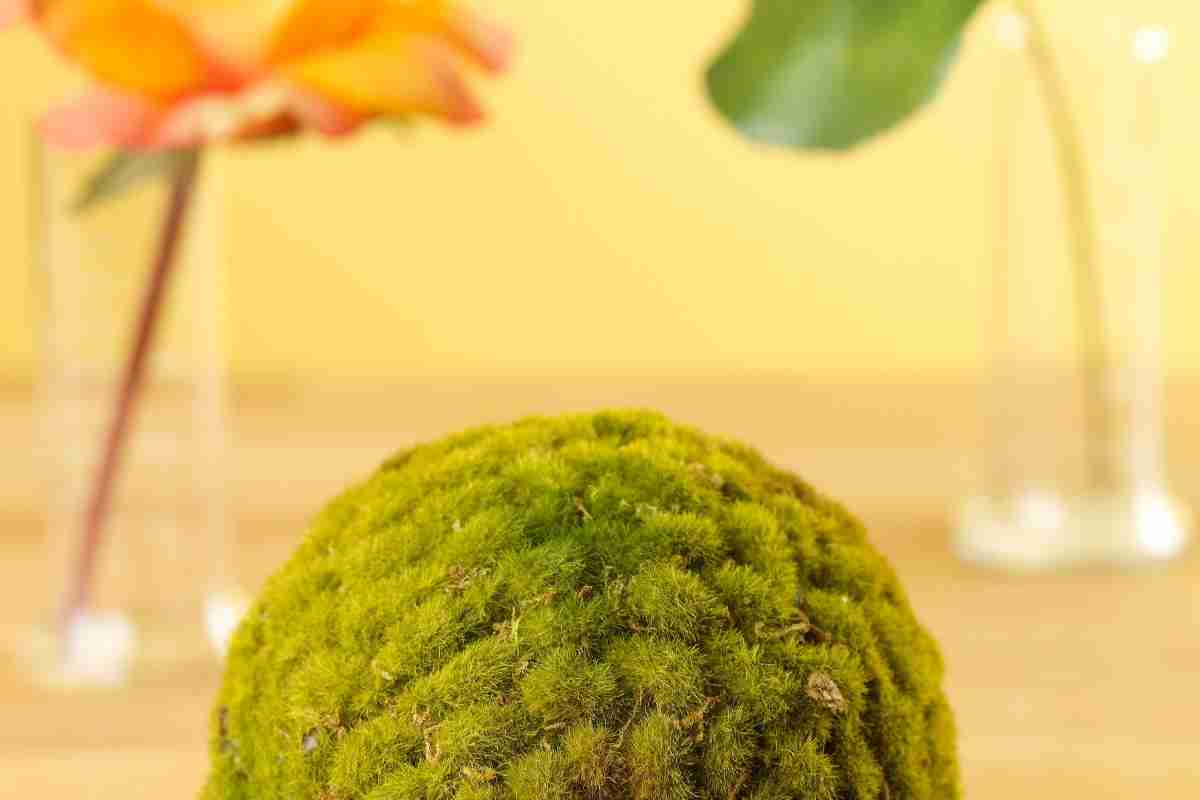
Do Moss Balls Have Worms? Is It Normal?
Read more